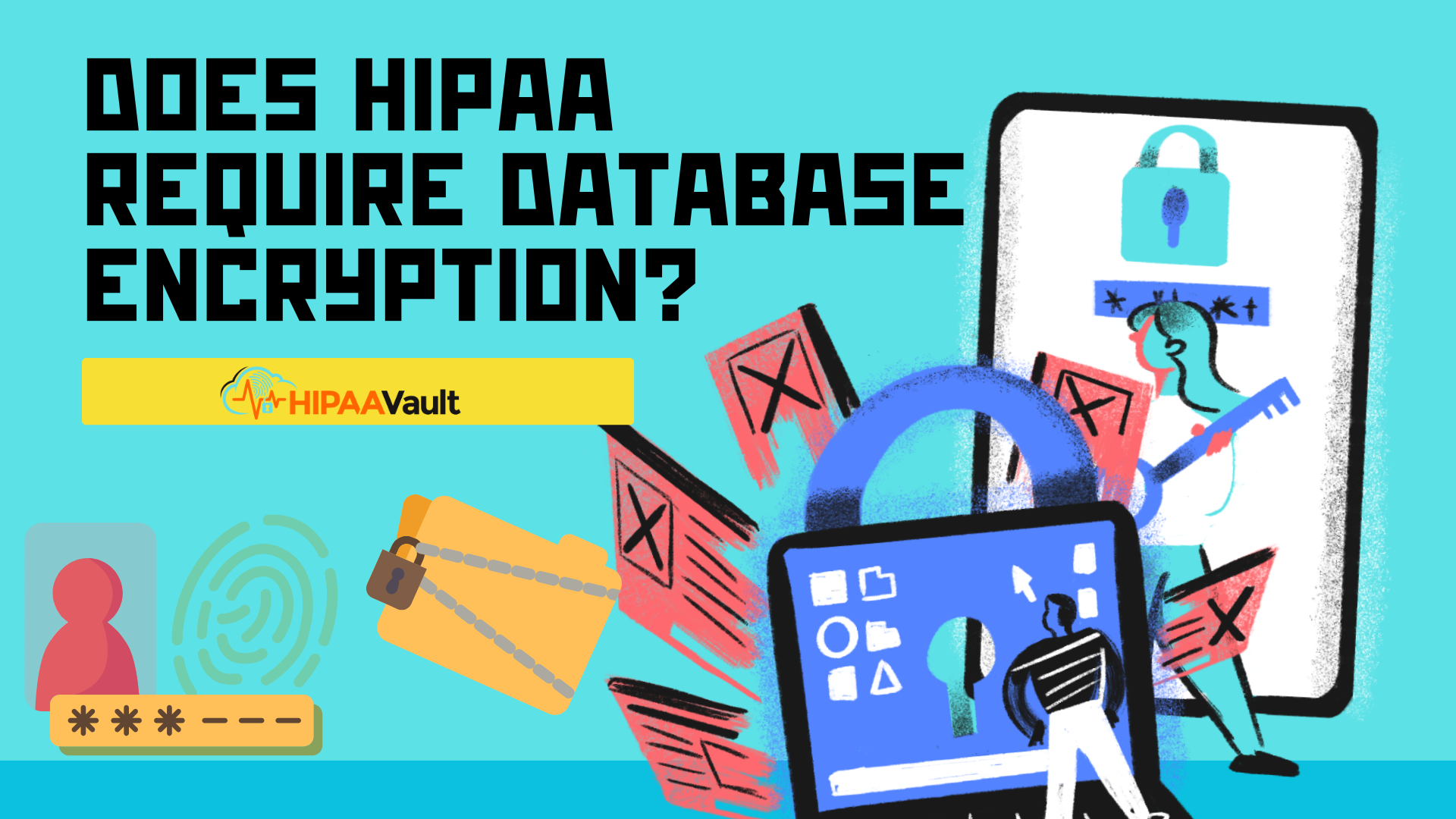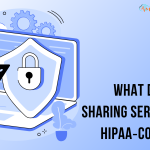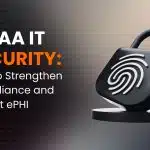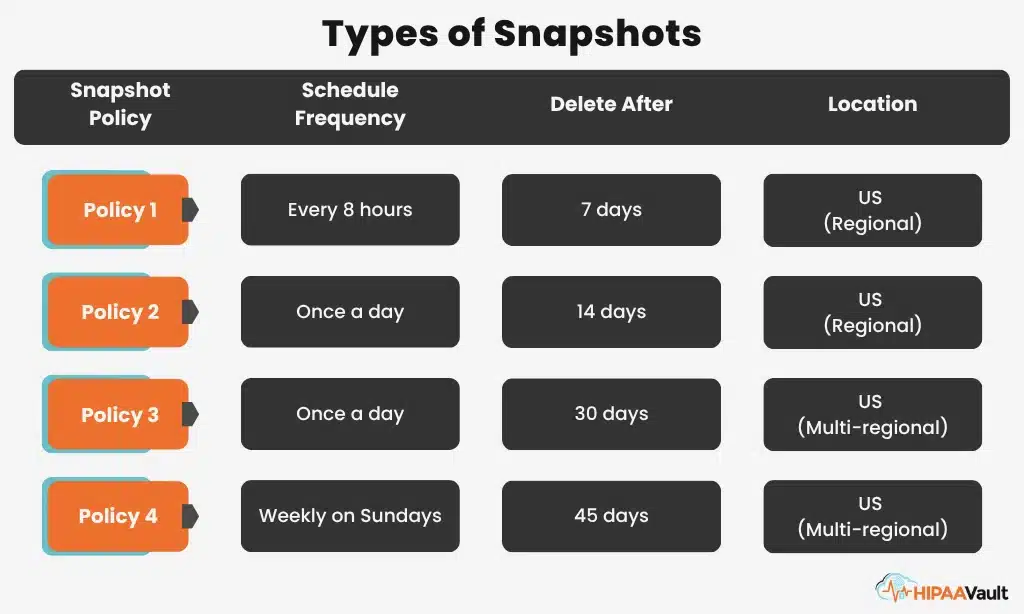When handling electronic protected health information (ePHI), many healthcare organizations—and the IT teams that support them—ask a crucial question: Does HIPAA actually mandate database encryption? The short answer is that encryption falls under HIPAA’s addressable specifications, not its required specifications. However, because encryption is widely recognized as the single most effective method to protect data confidentiality and integrity, most organizations choose to implement strong encryption for their databases. This article explains the difference between “required” and “addressable” safeguards, outlines when database encryption becomes essential, and offers practical guidance for healthcare IT teams to demonstrably comply with HIPAA’s Security Rule.
Understanding “Required” vs. “Addressable” Specifications
HIPAA’s Security Rule categorizes technical safeguards into two types:
- Required specifications must be implemented in every ePHI system.
- Addressable specifications give organizations flexibility: you must assess whether the safeguard is reasonable and appropriate. If it is, you implement it; if not, you must document why you did not and adopt an equivalent alternative.
Encryption of ePHI at rest and in transit falls under the addressable technical safeguard in the Transmission Security and Data Integrity sections (45 CFR §164.312(e) and (d)) . In practice, “addressable” rarely means “optional.” Covered entities and business associates typically conclude that encryption is both reasonable and appropriate to protect databases containing PHI.
Secure Your Healthcare Operations with Full HIPAA Compliance
HIPAA Vault provides end-to-end compliance services — from secure hosting to expert risk assessments and 24/7 support.
Get a Free Compliance AssessmentWhat the HIPAA Security Rule Actually Says About Encryption
The HIPAA Security Rule requires covered entities to deploy “mechanisms to encrypt and decrypt electronic protected health information” when deemed reasonable and appropriate. The U.S. Department of Health & Human Services emphasizes that encryption significantly mitigates unauthorized disclosure risk by rendering intercepted or stolen data unreadable without the decryption key (hhs.gov).
The HIPAA Journal further clarifies that while HIPAA does not explicitly require encryption, it mandates that organizations perform a risk analysis. If the analysis identifies encryption as a necessary safeguard—given the likelihood and potential impact of a breach—then encryption must be implemented. Otherwise, an organization must document alternative controls that achieve equivalent protection (HIPAA Journal).
When to Encrypt Your Healthcare Databases
Scenarios Where Encryption Is Essential
Any database containing PHI should undergo a risk-based encryption assessment. In practice, almost every scenario involving identifiable health data tips the scale toward encryption:
- Electronic Health Records (EHRs): Databases storing patient demographics, diagnoses, and treatment plans.
- Patient Portals: Systems that allow patients to view lab results, schedule appointments, or message providers.
- Billing and Claims Data: Financial and insurance information linked to individuals.
- Clinical Research Repositories: Datasets that combine PHI with research attributes.
In these contexts, encryption prevents unauthorized users from reading data even if they bypass other defenses.
Documenting Alternative Safeguards
If a covered entity decides against encryption—perhaps due to legacy system constraints—it must document why encryption is not reasonable or appropriate and describe equivalent protections. Examples might include strict access controls, continuous network monitoring, or physical security measures. This documentation should live within the organization’s risk management policy and be ready for auditor review.
Best Practices for Implementing Database Encryption
- Choose Strong Algorithms: Use AES‑256 for data at rest and TLS 1.2+ for in‑transit encryption. These standards are endorsed by NIST and widely supported by database platforms.
- Enable Transparent Data Encryption (TDE): For SQL databases like Microsoft SQL Server or Oracle, TDE encrypts data files without application changes, simplifying deployment.
- Implement Field‑Level Encryption: When only specific columns hold PHI (e.g., Social Security numbers, payment records), field‑level encryption offers granular protection—though it may require code modifications.
- Secure Key Management: Store encryption keys in a hardened Key Management Service (KMS) or Hardware Security Module (HSM), separate from the data itself, and rotate keys periodically.
- Audit and Monitor Decryption Events: Configure logs to capture whenever data is decrypted or backups are restored, forwarding them to a Security Information and Event Management (SIEM) system for real‑time alerting.
These practices collectively demonstrate that encryption is reasonable and appropriate in nearly all PHI‑handling scenarios.
How to Demonstrate Compliance During Audits
When auditors examine your environment, they’ll look for:
- Risk Analysis Documentation: Records showing that encryption was evaluated as part of a formal risk assessment.
- Policies and Procedures: Written protocols for encryption deployment, key management, and incident response.
- Technical Configurations: Screenshots or reports indicating TDE is enabled, TLS is enforced, and keys reside in a KMS.
- Audit Logs: Evidence that data‑access logs capture decryption events and are regularly reviewed.
Maintaining clear, version‑controlled documentation not only satisfies auditors but also enshrines encryption as a repeatable practice.
Conclusion & Next Steps
While HIPAA classifies database encryption as addressable rather than required, the consensus among regulators and security experts is clear: encrypting PHI databases is the most effective way to reduce risk and demonstrate compliance. By performing a thorough risk analysis, selecting strong encryption algorithms, and implementing key management and logging best practices, healthcare organizations can confidently protect sensitive data.
To simplify this process, consider leveraging HIPAA‑ready hosting environments with built‑in encryption and compliance support.








